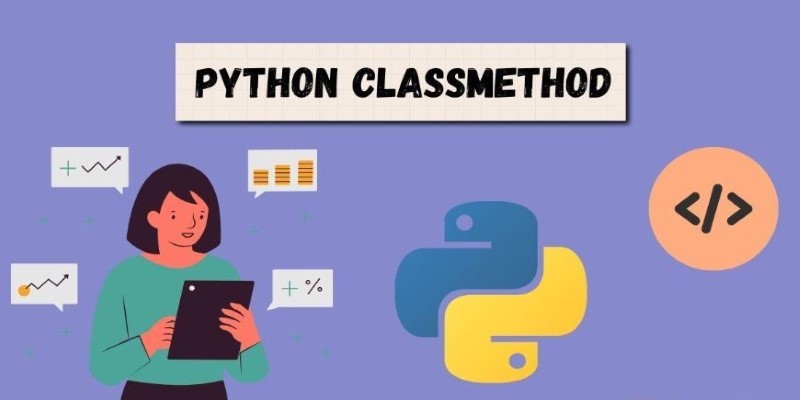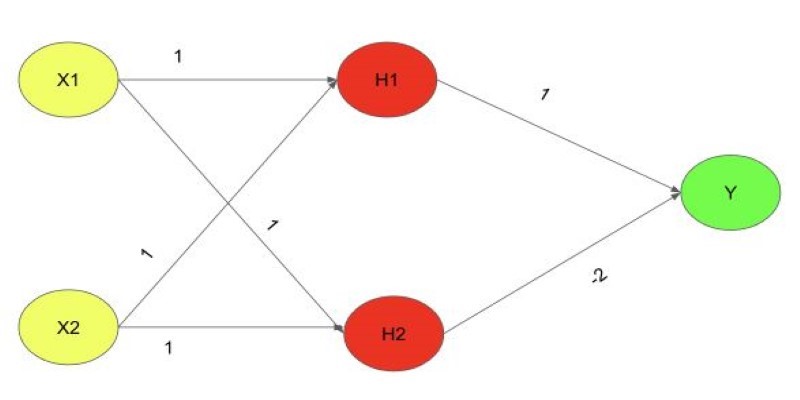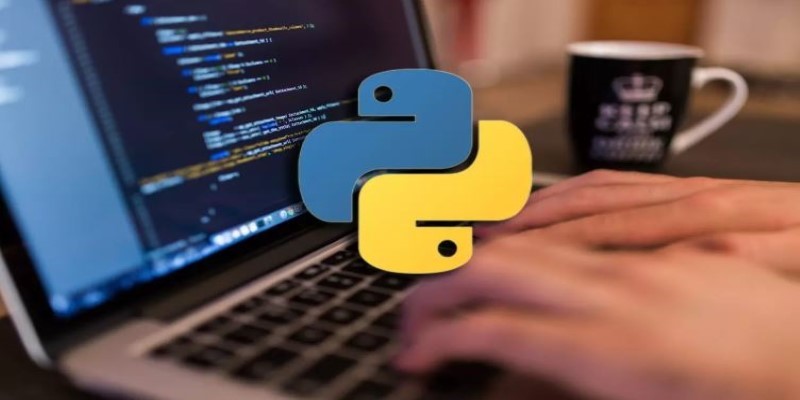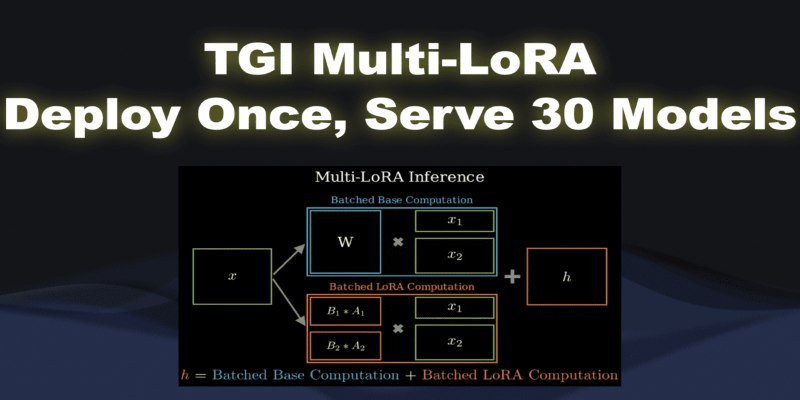Advertisement
AWS has unveiled a new AI chatbot and custom chips to enhance its cloud capabilities. The launch includes a major partnership with Nvidia focused on high-performance AI infrastructure. AWS aims to transform user experiences with generative AI tools for businesses and developers. These new advancements reduce costs and improve model training and inference performance.
The chatbot competes with offerings from leading AI companies while the processors accelerate large-scale AI operations. These moves highlight AWS's strategic focus in the generative AI race. Partnering with Nvidia enhances AWS's AI offerings and improves cloud performance, scalability, and efficiency. With these innovations, AWS is a driver of accessible, enterprise-grade AI.

AWS has introduced a new AI chatbot designed specifically for enterprise use. Built to perform efficiently in cloud environments, it competes with well-known models such as Gemini and ChatGPT. The chatbot integrates seamlessly with AWS's existing cloud services. Customers can securely access it through Amazon Bedrock, which also supports foundational models provided by other vendors. For further adaptability, AWS brings its model to the equation. The chatbot answers questions, helps to automate chores, and increases output. It backs several languages and data sources. Its principal objective is to streamline corporate processes.
The interface is easy for both non-technical users and developers. According to AWS, the chatbot is quick, cost-effective, and private. Companies can securely teach the model using their data. It raises results in several departments. AWS aims to target the tech, healthcare, and financial sectors of businesses. The chatbot displays AWS's deliberate entry into the generative artificial intelligence space.
AWS has launched two new processors, Trainium2 and Graviton4, designed specifically for AI workloads. These chips aim to boost performance while reducing operational costs. Trainium2 accelerates and lowers the cost of training large AI models, supporting tasks such as image generation and language processing. AWS claims Trainium2 delivers up to four times better training performance than its predecessor. Amazon EC2 UltraClusters makes the chip accessible. These clusters span thousands of chips to handle massive training.
Graviton4 focuses on delivering greater power efficiency for general-purpose cloud computing tasks. Built on 4-nanometer technology, it offers higher memory bandwidth for improved performance. Graviton4 improves performance on computationally demanding tasks, including analytics and databases. AWS built both chips in-house. It allows them more influence over customizing and expenses. Users save money and see quicker results. AWS will use these chips throughout its cloud-based offerings. These chips will support AWS's sustainability and effective cloud consumption pledge.
AWS and Nvidia are strengthening their AI partnership through a close hardware and software collaboration. AWS will host Nvidia's latest GPUs, including the powerful H200 Tensor Core GPUs, to support AI model training. Nvidia's DGX Cloud, which offers a comprehensive suite of AI development tools, will also be available on AWS, enabling developers to build, test, and deploy models efficiently. The partnership also includes Project Ceiba, a supercomputer powered by Nvidia chips and AWS infrastructure.
Nvidia will develop next-generation artificial intelligence models using Ceiba internally. This change enables both businesses to provide more value to corporate customers. AWS gains from Nvidia's hardware brilliance, and Nvidia gains access to the huge AWS cloud footprint. Their combined goal is to enable improved artificial intelligence practices worldwide. Customers will gain from improved performance and more options. The cooperation highlights the increasing requirement for teamwork in the AI cloud ecosystem.

AWS is placing strong emphasis on generative artificial intelligence for commercial applications. Its new technologies aim to simplify the integration of AI into existing systems. With its AI tools, AWS delivers enterprise-grade reliability and security. These solutions help businesses streamline processes and automate customer service. The chatbot offers context-aware responses and advanced personalization capabilities. Companies can access multiple AI models through Amazon Bedrock, including AWS's own. It makes speedy testing and deployment across several platforms possible. Developers can create custom apps independent of underlying infrastructure management.
Additionally, AWS provides managed services for artificial intelligence model tuning. It enables businesses to optimize models using their data. Large companies would find the whole arrangement perfect since it is designed for scalability. Users range in banking, retail, logistics, and healthcare sectors. Generative artificial intelligence solutions from AWS lower cost and increase output. Companies can keep security while innovating faster. The new offerings help digital transformation in many different fields.
AWS is positioning itself as a key player in the growing AI infrastructure market. Its new chips and AI technologies enable it to match or outperform competitors. Performance, cost efficiency, and scalability are the primary focus. By combining Amazon's processors with Nvidia hardware, AWS offers flexible options, allowing companies to choose the best fit for their needs. Additionally, AWS has simplified access to GPU power on demand.
These advancements enable faster model training and inference. To meet growing demand, AWS is investing in infrastructure projects. AI workloads require robust, energy-efficient computing solutions, which AWS delivers through advanced data centers and custom hardware. Long-term leadership takes the front stage strategically. AWS aims to stay the preferred cloud provider for artificial intelligence initiatives. Based on client comments, it keeps adding fresh capabilities and services. Though the competition is intense, AWS is leading solidly.
In the generative AI landscape, AWS is making bold moves. It is expanding its AI offerings with a new chatbot, custom-designed chips, and a strategic partnership with Nvidia. The platform delivers faster performance, lower costs, and robust business AI capabilities. Enterprise customers can now access scalable, flexible, and secure AI solutions. The collaboration between AWS and Nvidia enhances the development infrastructure of the global AI model. These new features aim to drive the next wave of innovation. Enterprise artificial intelligence strategies are being reshaped by AWS generative AI tools, Nvidia AWS AI alliance, and AWS bespoke AI chips.
Advertisement

Discover how clean data prevents AI failures and how Together AI's tools automate quality control processes.

Tech leaders face hurdles in developing reliable AI agents due to complexity, scalability, and integration issues.

How Python’s classmethod() works, when to use it, and how it compares with instance and static methods. This guide covers practical examples, inheritance behavior, and real-world use cases to help you write cleaner, more flexible code

Discover how to generate enchanting Ghibli-style images using ChatGPT and AI tools, regardless of your artistic abilities

Find how Flux Labs Virtual Try-On uses AI to change online shopping with realistic, personalized try-before-you-buy experiences

Explore the XOR Problem with Neural Networks in this clear beginner’s guide. Learn why simple models fail and how a multi-layer perceptron solves it effectively

Learn the top 7 impacts of the DOJ data rule on enterprises in 2025, including compliance, data privacy, and legal exposure.

How Python handles names with precision using namespaces. This guide breaks down what namespaces in Python are, how they work, and how they relate to scope

Can you really run a 7B parameter language model on your Mac? Learn how Apple made Mistral 7B work with Core ML, why it matters for privacy and performance, and how you can try it yourself in just a few steps

Discover how OpenAI's Sora sets a new benchmark for AI video tools, redefining content creation and challenging top competitors

What if you could deploy dozens of LoRA models with just one endpoint? See how TGI Multi-LoRA lets you load up to 30 LoRA adapters with a single base model

NPC-Playground is a 3D experience that lets you engage with LLM-powered NPCs in real-time conversations. See how interactive AI characters are changing virtual worlds